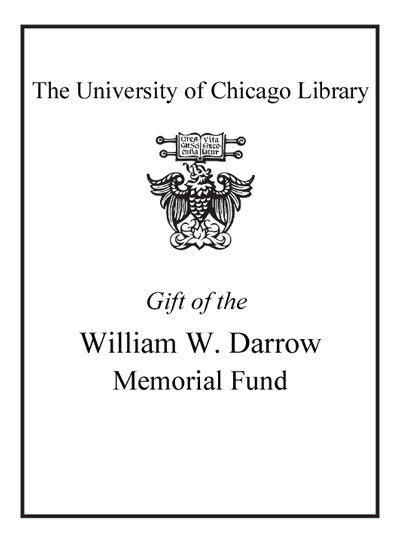Methods in community-based participatory research for health /
Saved in:
| Edition: | 1st ed. |
|---|---|
| Imprint: | San Francisco, CA : Jossey-Bass, c2005. |
| Description: | xl, 479 p. ; 24 cm. |
| Language: | English |
| Subject: | |
| Format: | Print Book |
| URL for this record: | http://pi.lib.uchicago.edu/1001/cat/bib/5712466 |
Table of Contents:
- Figures and Tables
- Foreword
- Acknowledgments
- The Editors
- The Contributors
- Part 1. Introduction to Methods in Community-Based Participatory Research for Health
- 1. Introduction to Methods in Community-Based Participatory Research for Health
- Part 2. Partnership Formation and Maintenance
- 2. Developing and Maintaining Partnerships with Communities
- 3. Strategies and Techniques for Effective Group Process in CBPR Partnerships
- Part 3. Community Assessment and Diagnosis
- 4. Insiders and Outsiders Assess Who Is "The Community": Participant Observation, Key Informant Interview, Focus Group Interview, and Community Forum
- Part 4. Definition of the Issue
- 5. CBPR Approach to Survey Design and Implementation: The Healthy Environments Partnership Survey
- 6. Using a CBPR Approach to Develop an Interviewer Training Manual with Members of the Apsaalooke Nation
- 7. The Application of Focus Group Methodologies to Community-Based Participatory Research
- 8. Application of CBPR in the Design of an Observational Tool: The Neighborhood Observational Checklist
- 9. Mapping Social and Environmental Influences on Health: A Community Perspective
- 10. Community-Based Participatory Research and Ethnography: The Perfect Union
- 11. What's with the Wheezing? Methods Used by the Seattle-King County Healthy Homes Project to Assess Exposure to Indoor Asthma Triggers
- Part 5. Documentation and Evaluation of Partnerships
- 12. Documentation and Evaluation of CBPR Partnerships: In-Depth Interviews and Closed-Ended Questionnaires
- Part 6. Feedback, Interpretation, Dissemination, and Application of Results
- 13. Developing and Implementing Guidelines for Dissemination: The Experience of the Community Action Against Asthma Project
- 14. Creating Understanding and Action Through Group Dialogue
- 15. Photovoice as a Community-Based Participatory Research Method: A Case Study with African American Breast Cancer Survivors in Rural Eastern North Carolina
- 16. Policy Analysis and Advocacy: An Approach to Community-Based Participatory Research
- 17. Citizens, Science, and Data Judo: Leveraging Secondary Data Analysis to Build a Community-Academic Collaborative for Environmental Justice in Southern California
- Appendixes
- A. Instructions for Conducting a Force Field Analysis
- B. Community Member Key Informant Interview Guide
- C. Selected New and Revised Items Included in the HEP Survey After Input from the Steering Committee or Survey Subcommittee (SC), Focus Group Themes (FG), or Pilot Testing (PT) of Existing Items
- D. Selected HEP Measures by Survey Categories, with Sources and Scale Items
- E. Healthy Environments Partnership: Neighborhood Observational Checklist
- F. Field Notes Guide
- G. Detroit Community-Academic Urban Research Center: In-Depth, Semistructured Interview Protocol for Board Evaluation, 1996-2002
- H. Detroit Community-Academic Urban Research Center: Closed-Ended Survey Questionnaire for Board Evaluation, 1997-2002
- I. Philosophy and Guiding Principles for Dissemination of Findings of the Michigan Center for the Environment and Children's Health (MCECH) Including Authorship of Publications and Presentations, Policies and Procedures, Access to Data, and Related Matters
- J. Community Action Against Asthma: Fact Sheet on "Particulate Matter"
- K. Community Action Against Asthma: Summary of Air Sampling Data in Your Community and Home, 2000-2001
- L. The Planning Grant: In-Depth Group Interview Protocol: Questions for Community and Coalition Members
- M. Inspirational Images Project: Fact Sheet and Informed Consent Form for Study Participants
- N. Inspirational Images Project: Consent for Adults Who May Appear in Photographs
- O. Community Reintegration Network: Policy Report-Coming Back to Harlem from Jail or Prison: One-Way or Round-Trip
- P. Southern California Environmental Justice Collaborative (the Collaborative): Partnership Agreed upon Mechanism for Deciding on Research Activities
- Name Index
- Subject Index

